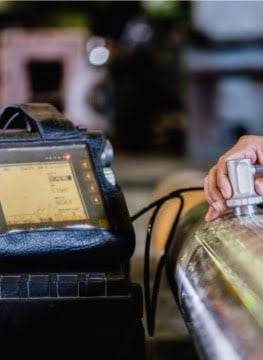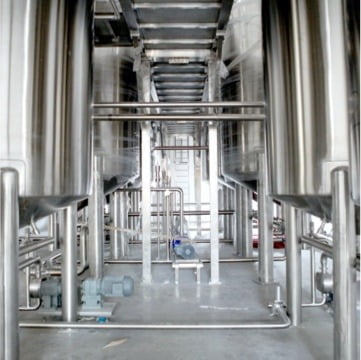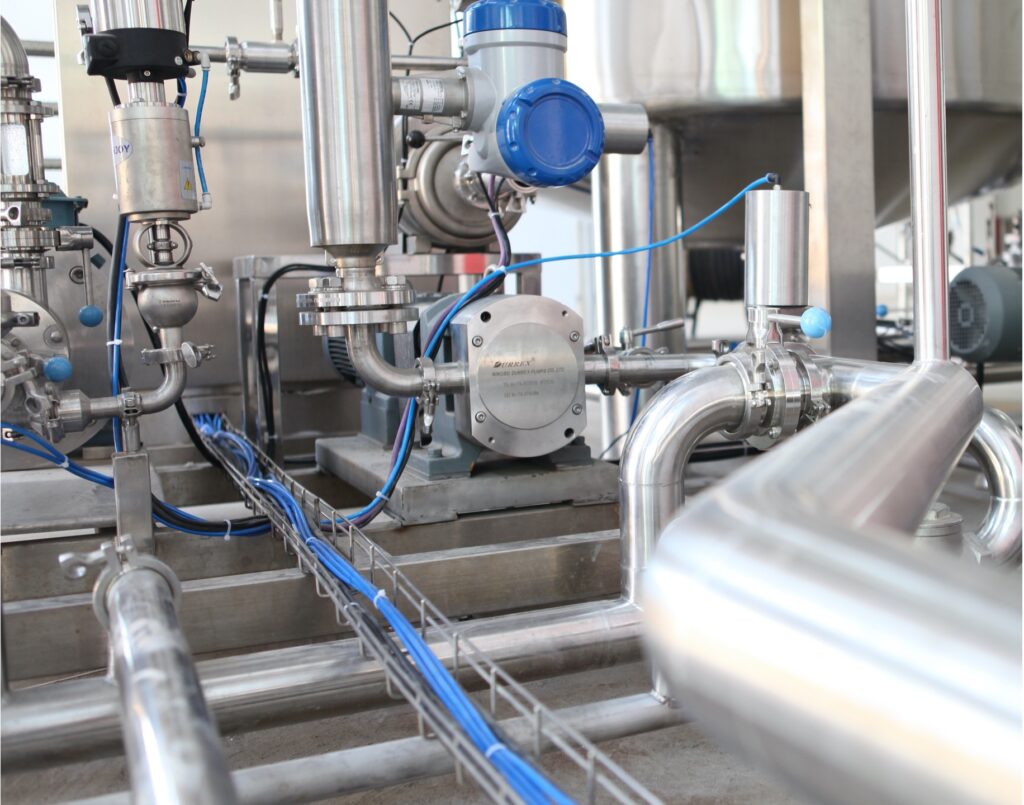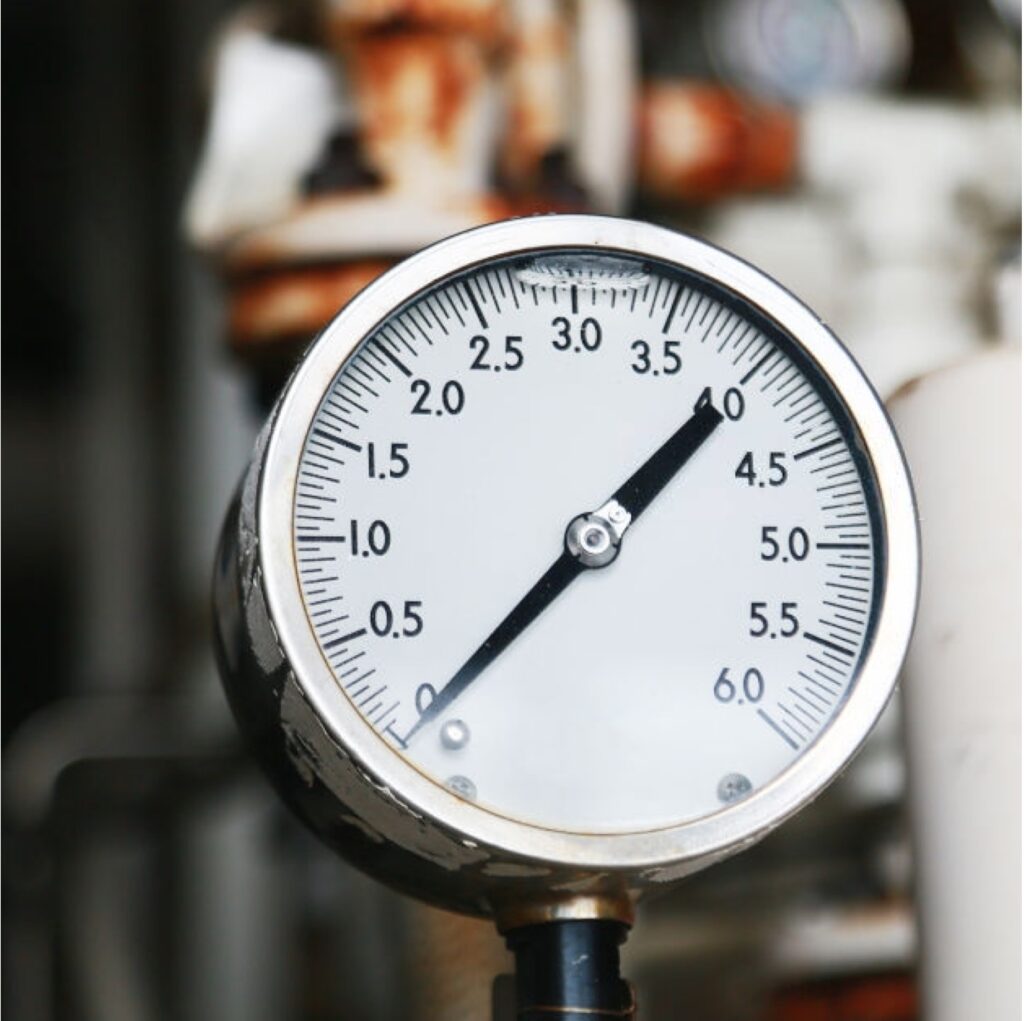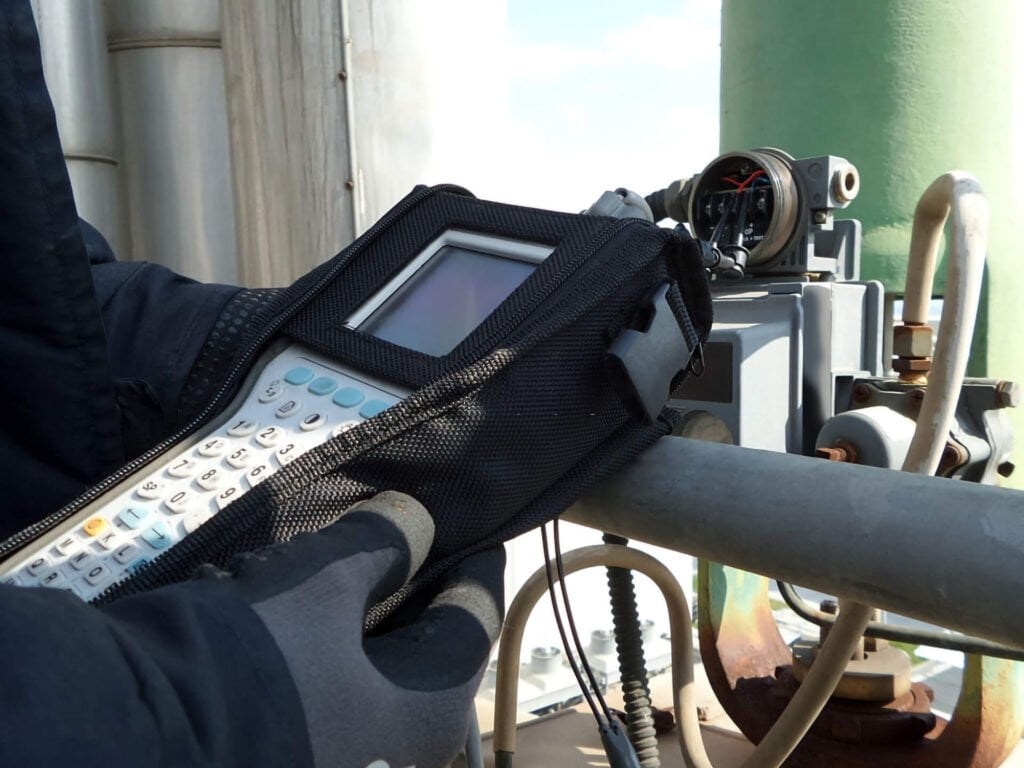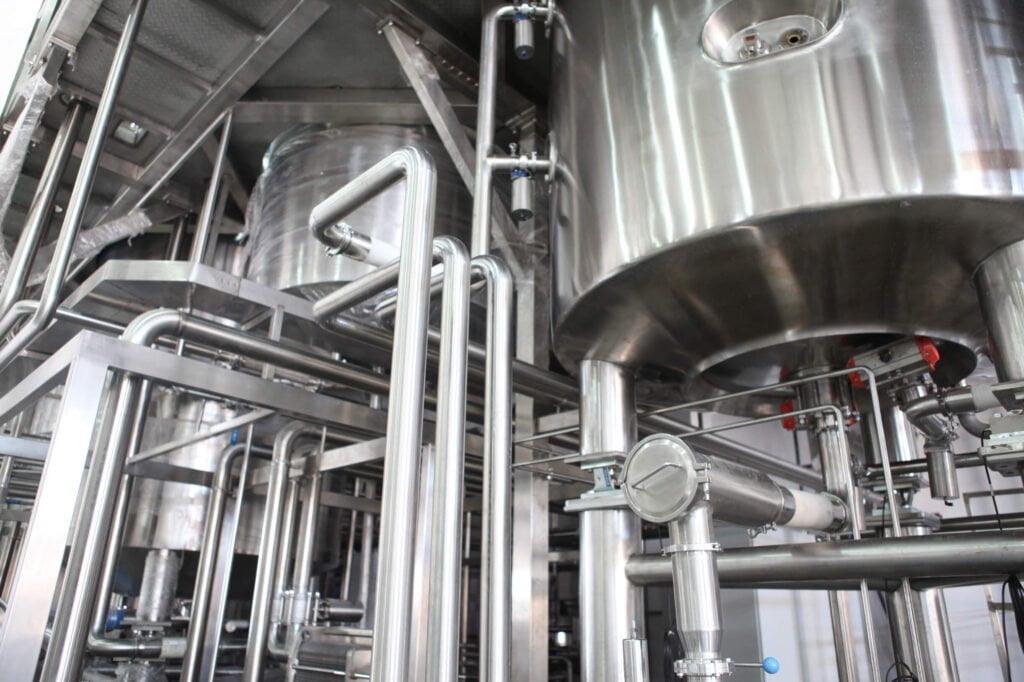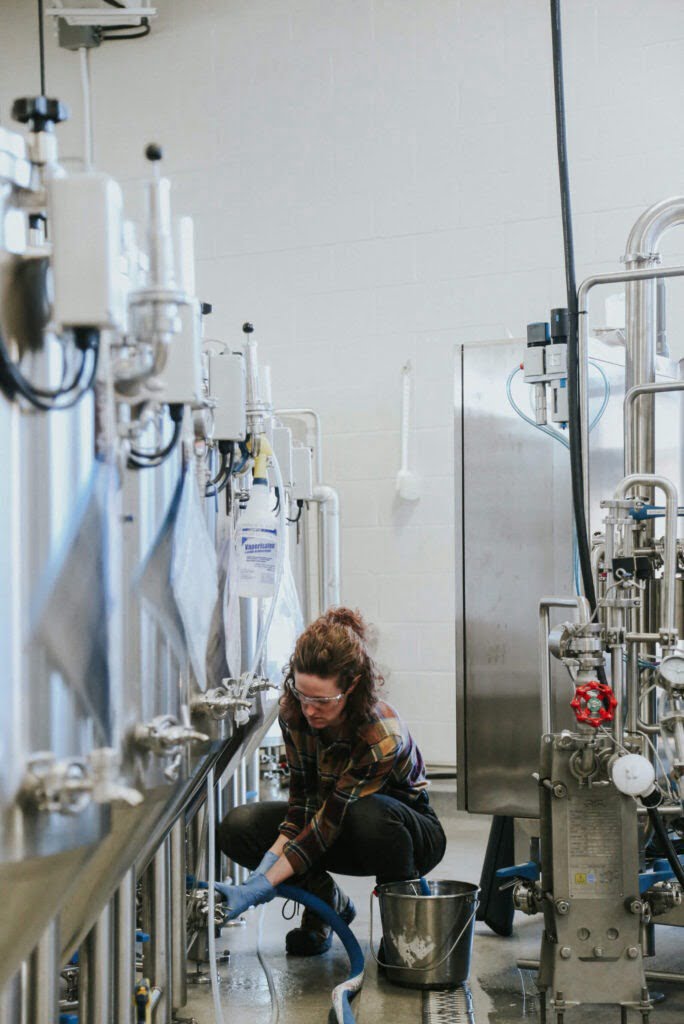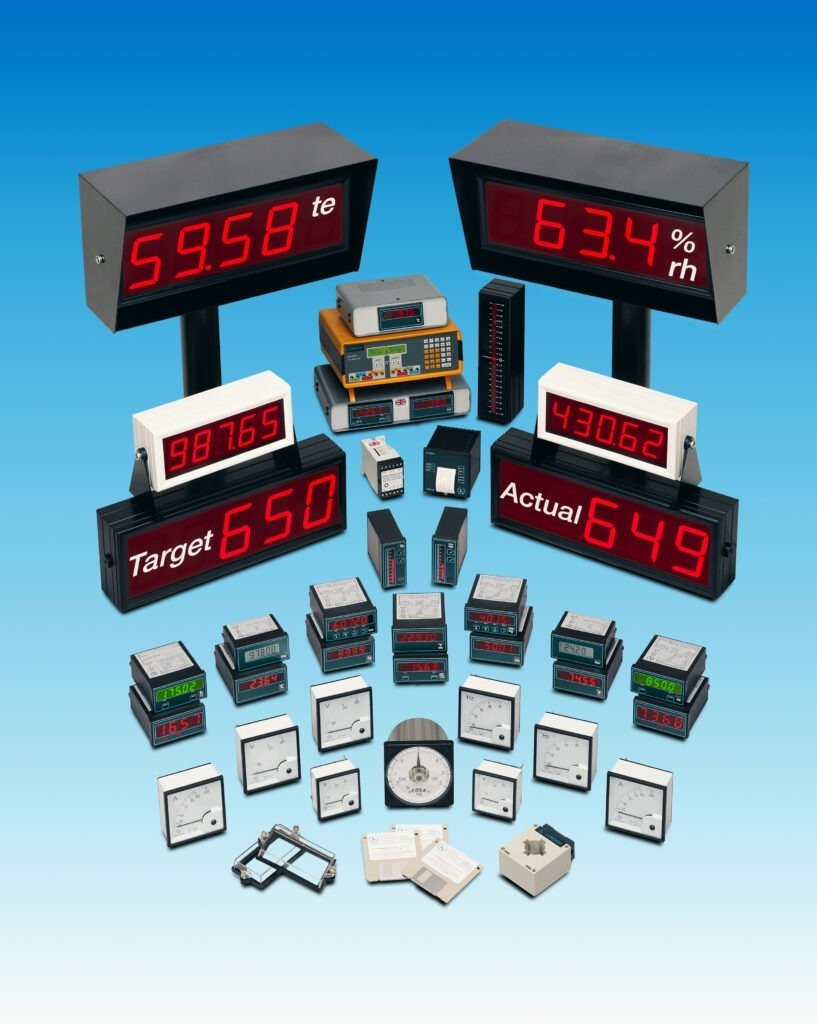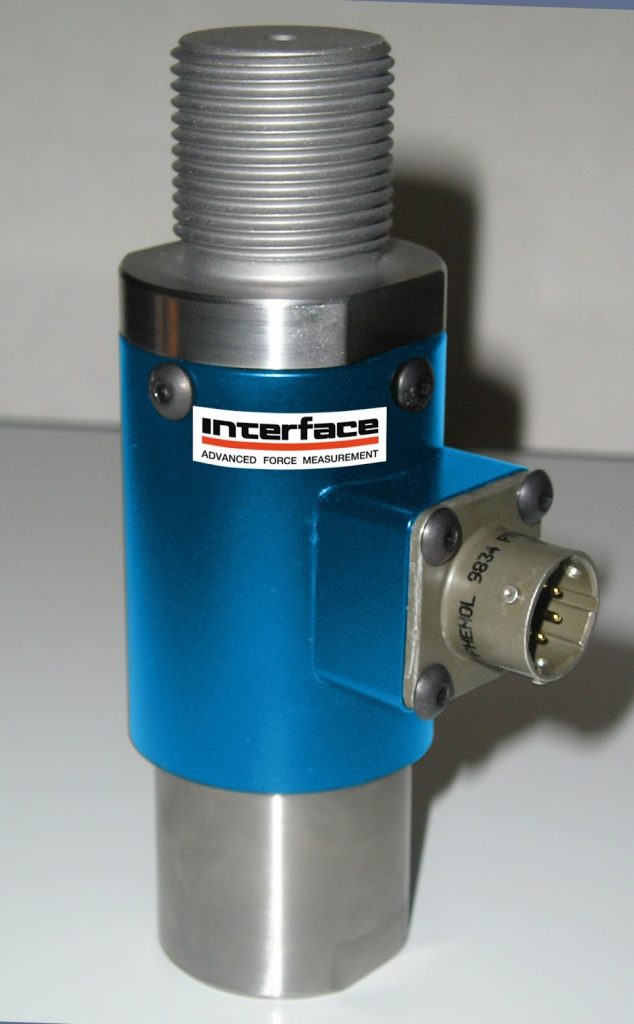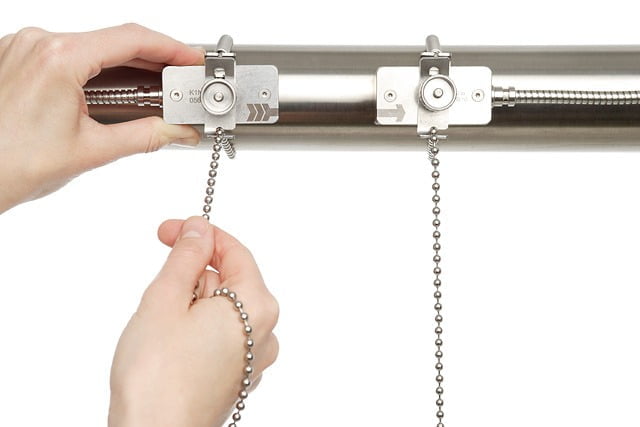
There are many industrial applications that call for accurate flow measurement. However, traditional methods are not always an option, hence the need for non-destructive, non-invasive technologies and methods. Therefor ultrasonic flow meters are the type of measurement whenever the contact with the measured fluid is not possible. Ultrasonic measurements are made by attaching two transducers onto the outside of a pipe with a signal going to a converter.
Transit time ultrasonic flow meters measure the time difference between the ultrasonic pulse going upstream and the one travelling downstream. These sound waves are generated by a pair of transducers attached to a pipe. The difference between the two intervals of time is a function of flow direction and velocity, and it represents an accurate measure for the average velocity of the liquid flowing through a pipe.
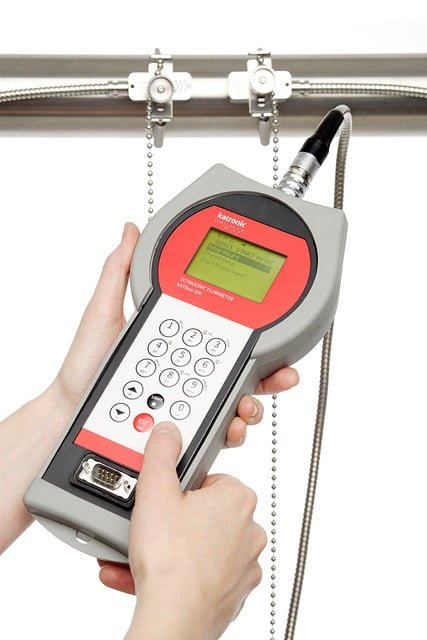
The velocity of the fluid is indirectly measured by sending an ultrasonic pulse from one transducer to the second one, and then back again. The time needed to arrive is measured in both situations. The difference between these two amounts of time is directly proportional to the mean velocity of the liquid. This is the parameter being used by ultrasonic flowmeters to calculate the liquid flow rate. These calculations take into consideration some user-entered data, as well.
The piezo-type transducers can be mounted either on the exterior or inside the pipes. In most situations, the exterior installation works very well. In cases where it is not possible to get and accurate measurement, such as in uneven wall thickness or corrosion problems, the transducers have to be inserted through the pipe, for it to be able to do their job properly. Advanced technologies of digital signal processing have made it possible to attach digital coding to the beamed sound waves. This is a good method to eliminate many problems such as noise and density variations. Flow meters that use the transit time method can generally only be used in conditions of clean fluids, with barely any gas bubbles or suspended solids. Besides, the fluid has to be inside a full and closed pipes system.
Transit time ultrasonic flow meters are used in the vast majority of flow application due to its superior technology in obtaining excellent accuracy versus Doppler technology (an alternative technology) as well as its ability to measure liquids with up to 30% solids and bubbles in the flow stream. Transit-time techniques have transducers that can be inserted either into a pipe or on the outside of a pipe. Typically, the transducer is inserted into a pipe when the pipe is not uniform in size or the pipe is too thick due to corrosion or pipe insulation. Digital signal processing has made it possible to use a transmitted signal via the use of digital signal coding. Digital signal processing alleviates many of the problems caused by noisy environments. The transit times of an ultrasonic flow meter require that the process either be clean, meaning there are few solids or gas bubbles in a liquid, or has no trapped liquid in a gas, and the piping must be closed. Ultrasonic meters can also use multiple paths to achieve results in a number of custody transfer applications.
For further information on the product range contact Dave Grey dave.g@ams-ic.com.au
